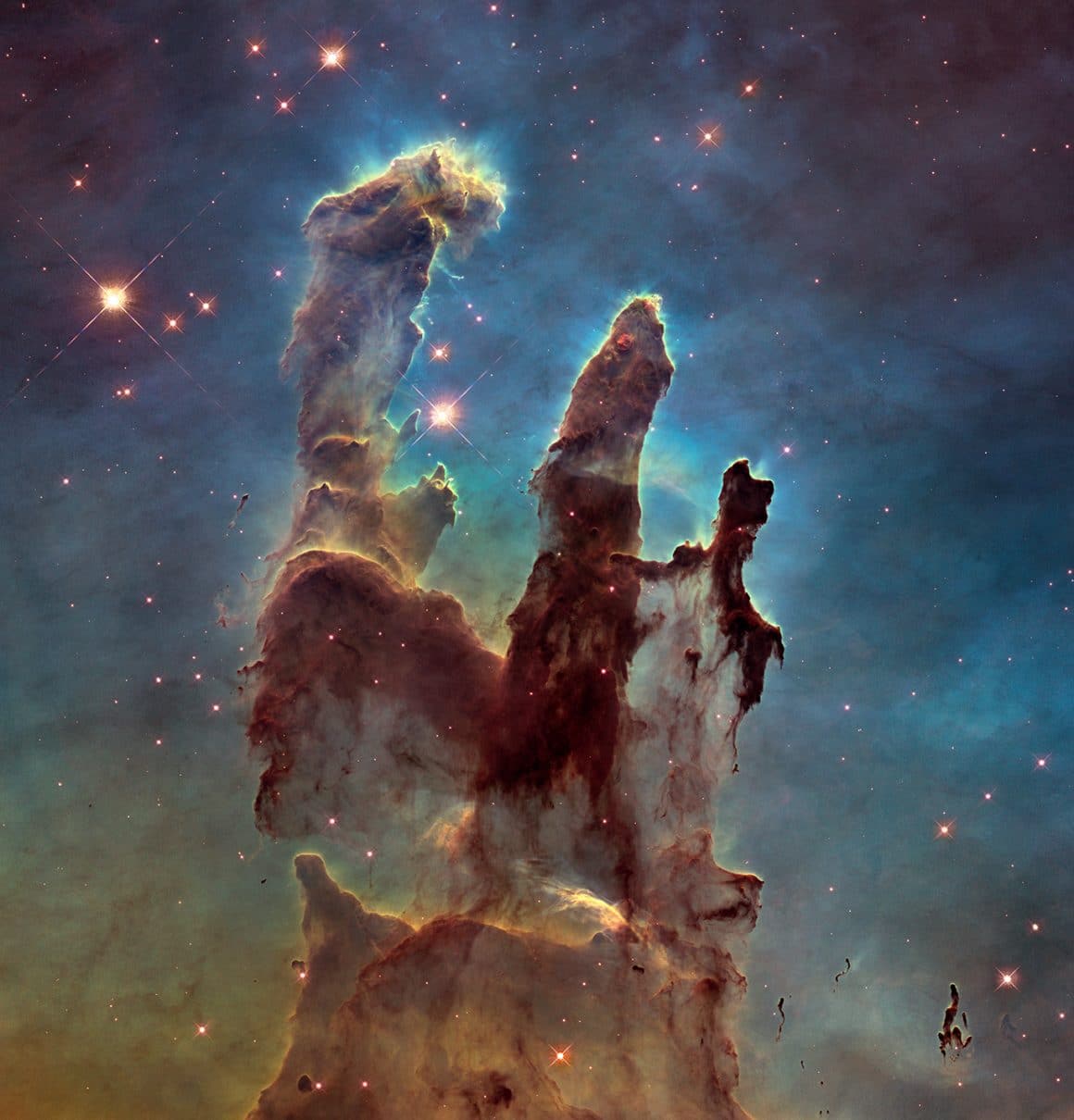NASA has begun studying the potential for a privately-funded SpaceX mission to boost the Hubble Space Telescope’s orbit.
The engineering marvel has been delivering breathtaking views of the universe now for over 30 years, thanks in large part to 5 space shuttle missions that serviced it. The last, however, was in 2009, and Hubble’s orbit has been degrading ever since.

Those missions repaired and replaced hardware, upgraded the observatory, boosted its orbit, and extended its operating life and benefit to humanity by many years.
Hubble’s Remaining Time Is Limited
It’s now currently at 332 miles, and will fall faster and faster as time goes on. If nothing is done, it will burn up in the atmosphere in the mid 2030s.

Billionaire Jared Issacman, who commanded the first all-civilian private SpaceX mission on Inspiration-4 last year, now wants to take another SpaceX mission to boost Hubble. He’s already training with a new crew for another all-private mission next year, called Polaris Dawn, and intends to command 2 other Polaris missions with SpaceX after that.
“Polaris is excited to assist in this study,” says Issacman. “Hopefully, it leads us down a path that ensures Hubble continues to service science for decades into the future.”

He even says the mission would come at no cost to the government or tax payer. Issacman self-funded Inspiration-4 and is doing the same with Polaris, and raising money for St Jude Children’s Hospital in the process.
Concept Presented To NASA
SpaceX has gained plenty of experience docking their Dragon spacecraft in orbit. They launch cargo and crew to the International Space Station for NASA regularly, and they think Isaacman’s idea could work. So together, he and SpaceX brought the idea to NASA.

The space agency agrees it is worth at least looking into. They recently signed an unfunded Space Act Agreement to seriously study the idea.
“This study is an exciting example of the innovative approaches NASA is exploring through private-public partnerships,” said Thomas Zurbuchen, associate administrator for the Science Mission Directorate at NASA. “As our fleet grows, we want to explore a wide range of opportunities to support the most robust, superlative science missions possible.”
Not a Done Deal
If such a mission were to happen, it could give Hubble another 15-20 years of service. But NASA emphasizes that, for now, there are no plans to conduct or fund a servicing mission.
It’s also a non-exclusive study. Other companies can propose similar studies with different rockets or spacecraft as their model.

“SpaceX and the Polaris Program want to expand the boundaries of current technology and explore how commercial partnerships can creatively solve challenging, complex problems,” said Jessica Jensen, vice president of Customer Operations & Integration at SpaceX. “Missions such as servicing Hubble would help us expand space capabilities to ultimately help all of us achieve our goals of becoming a space-faring, multiplanetary civilization.”
Even if NASA decides against such a mission, they’ll probably have to launch a propulsion module to the telescope by the end the decade anyway, to ensure Hubble makes a controlled safe reentry over the Pacific Ocean. So if they have to launch that anyway, why not launch a mission to give it another 20 years of life instead?
